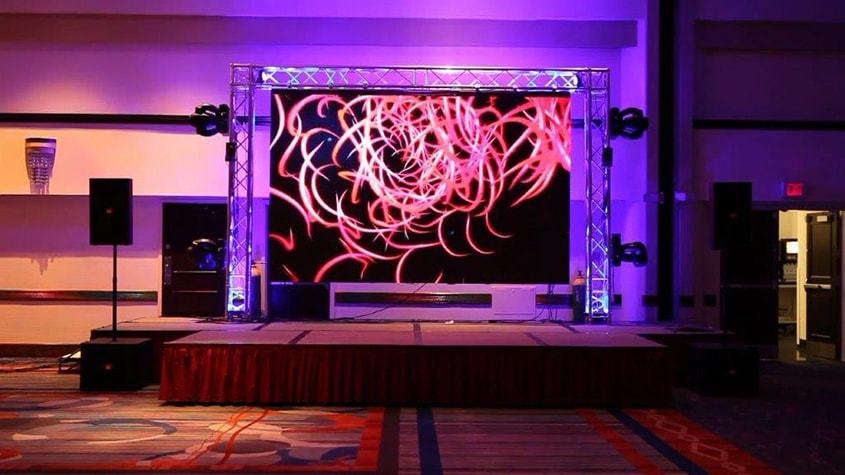Investigating the Crucial Factors That Affect Hue Consistency in Light Emitting Diode Wall Panels for Ideal Visual Performance
Investigating the Crucial Factors That Affect Hue Consistency in Light Emitting Diode Wall Panels for Ideal Visual Performance
Blog Article
Hue consistency in light-emitting diode wall screens is crucial for attaining optimal visual performance. LED wall screens are commonly used in various environments, including concerts, meetings, and promotional showcases. When the colors on these screens are consistent, they create a more engaging and immersive encounter for audiences. Several critical elements influence color consistency, including the quality of the light-emitting diode elements, tuning procedures, and surrounding factors.
The quality of the LED components plays a significant role in hue uniformity. Different types of LEDs emit light at varying frequencies, which can influence the total color output. High-quality light-emitting diodes are engineered to generate a more consistent light range, resulting in improved hue precision. Additionally, the production method of these light-emitting diodes can impact their functionality. Panels made with superior materials and technology tend to have fewer hue differences, guaranteeing that the shown images and videos look vibrant and true to life.
Tuning is another essential factor in maintaining color consistency in light-emitting diode wall screens. Calibration involves modifying the settings of the panel to make certain that the hues displayed match the desired appearance. This process can consist of adjusting brightness, contrast, and hue balance. Regular tuning weblink is essential, especially in environments where lighting factors change frequently. By calibrating the screens, specialists can correct any discrepancies in hue result, resulting to a more consistent observing encounter.
Environmental factors also affect color uniformity in light-emitting diode wall panels. Factors such as ambient light, heat, and moisture can influence how colors are perceived. For example, intense surrounding light can dull colors, making them appear less lively. Similarly, harsh heat can affect the performance of the LEDs, resulting to hue changes. To mitigate these issues, it is essential to install LED wall screens in managed settings where lighting and temperature can be managed efficiently.
Lastly, the layout and arrangement of the LED wall panels can impact color consistency. The configuration of the screens, as well as the spacing from which they are viewed, can create variations in color perception. When panels are arranged too distant apart or at varied positions, audiences may detect discrepancies in color. To achieve the best visual performance, it is crucial to take into account the positioning and arrangement of the screens during setup. By addressing these factors, users can ensure that their light-emitting diode wall screens provide a uniform and superior visual experience.